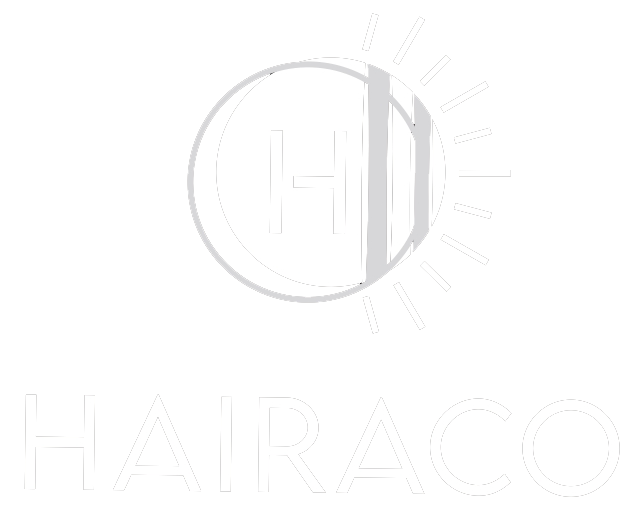Hair coloring is a complex procedure that melds art and science. One of the most effective tools in achieving a uniformly colored result is the hair foil board. This tool, although seemingly simple, plays a crucial role in the application of hair dye. Understanding the science behind hair foil boards and their contribution to even color distribution can help stylists achieve professional and consistent results.
The Role of Hair Foil Boards
Hair foil boards are designed to support strands of hair during the coloring process. Typically made from lightweight materials, these boards provide a stable and smooth surface on which the hair can lie flat. This ensures that the application of dye is controlled and precise.
There are several types of hair foil boards available, varying in size, shape, and material. However, their primary function remains the same: to act as a backup to the foil itself, supporting the hair and helping to direct the hand of the stylist for more accurate dye placement.
The Science Behind Even Color Distribution
Uniform hair dye application relies heavily on the concept of even color distribution. This principle is influenced by factors such as hair porosity, the chemical composition of the dye, and the method of application. Hair foil boards help in maintaining these factors under control, thus contributing to an even spread of color.
1. Hair Porosity
Hair porosity refers to the hair’s ability to absorb moisture. High porosity hair absorbs dye quickly but may also lose it faster, leading to uneven color. Hair foil boards help to provide uniform pressure and support across each section of hair, minimizing discrepancies caused by varying porosity levels.
2. Control of Dye Application
The foil board acts as a stable base, enabling stylists to apply dye more evenly. With the hair securely placed on the board, the movement of the brush is more precise, reducing the risk of uneven color patches. The even, flat surface of the board allows for uniform dye saturation and prevents leakage or uneven buildup of color.
3. Chemical Activation
The chemical composition and activation of hair dye are critical to achieving consistent color. When hair dye is applied on hair placed over a foil board, the heat generated from the scalp and the insulation property of the foil help to activate the dye uniformly. This uniform activation ensures an even color result.
Practical Application and Technique
When using hair foil boards, the technique of application is as important as the board itself. Stylists should ensure that sections of hair are properly aligned and adequately protected by foil layers. Light pressure should be applied during the brushing of dye to avoid ruffling the hair or causing dye splatter.
Moreover, stylists should be mindful of the angle at which they hold the foil board. An optimal angle allows the dye to spread more consistently and seep through all layers of hair that are being colored. The foil board also helps in maintaining the integrity of hair patterns, ensuring that natural highlights or lowlights blend seamlessly with the applied color.
Conclusion
Hair foil boards may seem like a simple tool in the grand scheme of hair coloring, but their importance is paramount. By supporting the hair, ensuring even pressure, and aiding in the controlled application of dye, these boards are integral to achieving professional and consistent color outcomes. For stylists looking to perfect their craft, understanding and utilizing hair foil boards effectively can make a significant difference in the quality of their work, ensuring every client leaves with beautifully even hair color.

